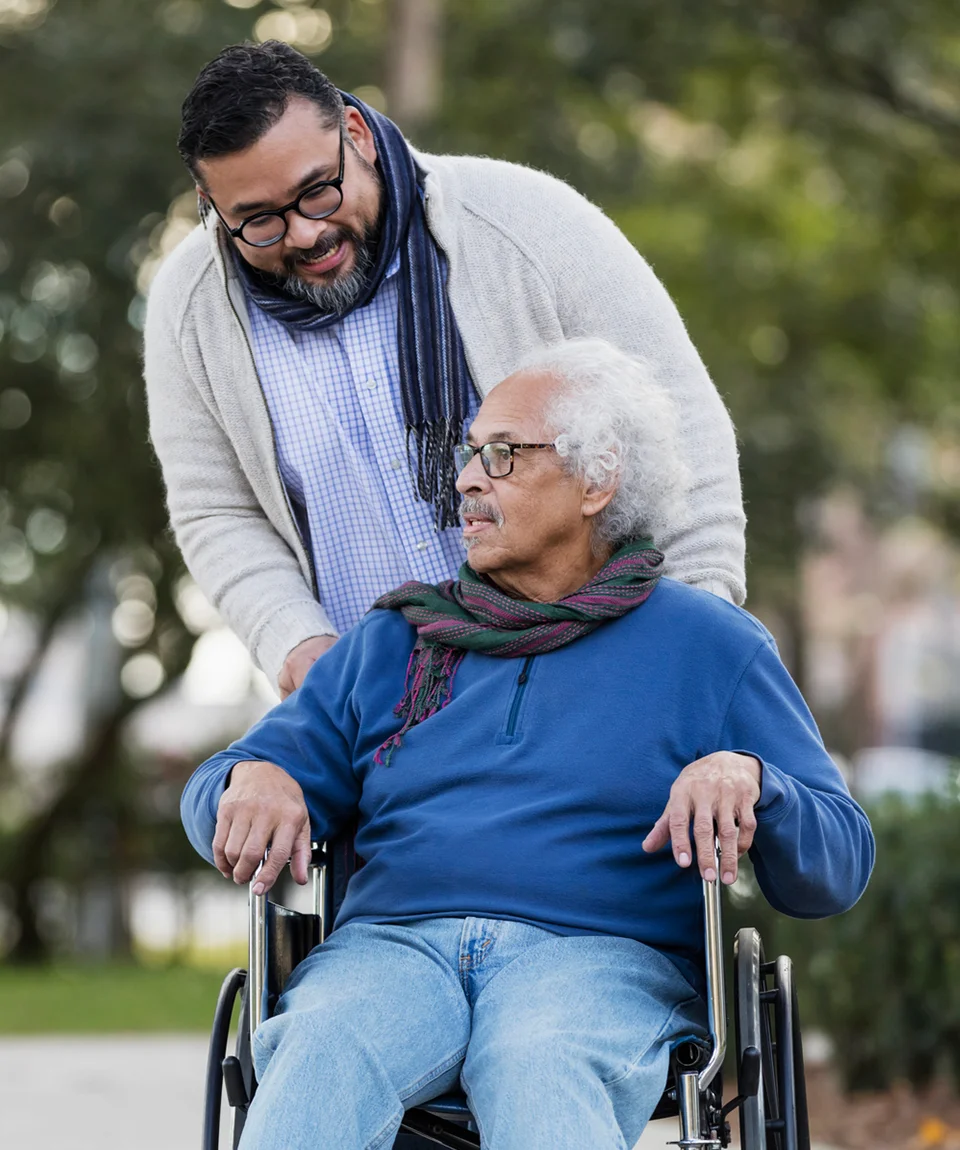There is a difference between sadness and depression. Sadness comes and goes. It is normal to feel sadness and a sense of loss after a stroke. Sadness that doesn’t go away may be a sign of depression. People who have experienced a stroke –– as well as their families and caregivers –– are at higher risk for depression. If you know the signs of depression and you experience them yourself or see them in others, contact your doctor. Depression can slow down your recovery. There are treatments that can help.
Signs of depression
Depression is most common in the first three to six months after a stroke, but can occur at any time – even many months later. If you have any of these symptoms, contact your doctor. Treatment can involve speaking to a trained mental health professional, taking medication or both.
Physical signs
- changes in your sleep pattern (not sleeping well, or sleeping more than normal)
- changes in appetite
- gaining or losing weight without trying
- feeling tired, having much less energy
- feeling restless
- chronic pain or digestive problems (such as stomach aches, nausea, constipation or diarrhea).
Emotional signs
- feeling sad, anxious, irritable, nervous, guilty, worthless or hopeless
- not feeling interested in doing things you used to enjoy
- finding it hard to focus, remember things or make decisions
- changes in your work style or zest for work
- constant thoughts of death and/or suicide
The difference between sadness and depression
The blues or sadness |
Clinical depression |
|
You feel sad or unhappy. (We all feel this way sometimes). |
Clinical depression is a medical condition resulting from chemical changes |
|
You know why you feel sad or blue (because of a sad event). |
You do not know why you feel the way you do. |
|
You find that the feeling of sadness goes away on its own. |
Clinical depression does not go away without treatment. |
|
You notice that your sad mood is temporary — it lasts a few days or weeks. |
Clinical depression can last months or years. |
Emotional issues are part of your journey
You may naturally want to hide your feelings. You may not want to share feelings of sadness or depression. But keeping emotions inside can interfere with your recovery.Sharing your feelings, as hard as it may be, is a step toward meeting your recovery goals.
Find people you can talk to about your feelings. This might be family, friends, other stroke survivors, someone from your faith community, or a member of your healthcare team. Join or start a support group. If any of your feelings become overwhelming, talk with a healthcare professional right away.
Where to get support
Talk about how you are feeling to a member of your healthcare team you are comfortable with. A psychologist or social worker might also help. Speak with people in your life that you are close to and trust. Look for support groups or peer visiting programs. Talking to others who live with stroke can help.
March of Dimes local support groups
Stroke Recovery Canada™ Warmline 1-888-540-6666. Connects you with stroke survivors and caregivers.
Related information
The Beat: Heart disease, stroke and your mental health (podcast)
Stroke Engine: Depression information
Anxiety and frustration after stroke (video)
Stress after stroke (video)
Basic steps to self-care and psychological resilience (video)
To find useful services to help you on your stroke journey, see our services and resources listing.
